An Interview with NASA’s Keats Wilkie
Keats Wilkie is a leading NASA research engineer and we were lucky enough to ask him a few questions about his research, NASA, and science fiction. He made sure to tell me that anything he says is only his opinion, and does not reflect the official policies or statements of the National Aeronautics and Space Administration. (That should keep the NASA Public Affairs Office happy.)
Keats, thanks for taking time to answer some questions for us here at Redstone Science Fiction.
My pleasure, Mike. I like your site, and your logo in particular.
Thanks! I’ll tell Cassondra.
You recently returned to NASA after several years at Jet Propulsion Laboratory. What is your new position and what research are you doing?
I am the head of the NASA Langley Research Center Structural Dynamics Branch, formerly Spacecraft Dynamics Branch, here in Hampton, VA. My branch was formed in the 1960s to do dynamics research and testing of launch vehicles for NASA, including the Saturn V and the Space Shuttle. We now do research in other areas, including testing aircraft and spacecraft for crashworthiness, and most recently, developing very large high technology space structures that can – or someday will – fly in space.



Structural Dynamics Branch: The Early Years.
So what does your job involve?
I lead a group of about 25 research and technical personnel. About half of them are impact dynamicists, who do fun things like drop full-scale aircraft and helicopters, and even space vehicles, into the ground to see how well they can protect their passenger and astronaut occupants. We use crash test dummies, so no humans are harmed – honest. The rest of us do research on advanced spacecraft structures. This includes evaluating and testing the vibration characteristics of space flight test vehicles. We had several people involved with flight testing the Orion Crew Exploration Vehicle launch abort systems (recall the “escape tower” rockets of Mercury and Apollo?) as well as doing tests on the pad of the just-launched Ares 1-X.
These links are to videos of some of his group’s research:
A recent Discovery Channel segment featured some of Keats’ impact dynamics folks at work and these NASA segments show g launch abort system tests with which Keats’ group were involved: the successful Pad Abort 1 test, and the Max Launch Abort System (MLAS) test.
Keats tells us that these technologies will likely find their way into NASA’s future, post-Shuttle, crewed vehicles.
What is the coolest thing about your new job?
I work with some of the smartest people in the world on some of the most challenging technical problems in the world with some of the best “toys” and facilities in the world. That’s hard to beat. I also learn something new every day. Testing and predicting how structures, like the undercarriage of a helicopter, will collapse and – hopefully – absorb enough energy to protect the crew, is an incredibly complex task. My analysts never cease to amaze and surprise me with what they can do in their computer simulations.
What are the implications for the future from your work? (of course, we’re interested in science fictional extrapolations)
Our spacecraft dynamicists are working to build things that, until very recently, existed only in science fiction. My favorite example: solar sails. We are working with our colleagues down the road at Marshall Space Flight Center, and the rest of NASA, to develop extremely large solar sails, which are lightweight “gossamer” structures that unfold in space and use pressure from sunlight as propulsion. The Japanese space agency, JAXA, just deployed the world’s first solar sail in June. It is relatively “small” at 20 meters across, but is working fine and is now on its way to Venus. NASA currently has an almost ready-to-fly sail design that is 40 meters across. I am particularly interested in rebooting a JPL solar sail concept from the 70s called the “heliogyro”. The heliogyro resembles a helicopter in space; the only difference being that the blades use solar pressure for thrust — and they might be several miles long. If you are a dynamicist, preferable a rotary-wing dynamicist, and you like Grand Challenge problems, then this is the one for you. I am a bit of all three.


Solar Sails: (left) 20-meter Solar Sail being tested at NASA;
(right) JPL Heliogyro concept.
Until recently you worked at Jet Propulsion Laboratory. What was your research there?
I worked on technology for future large aperture space telescopes, reflectors, and antennae. In particular, I worked on “active structures” research. These are structures that change shape when you apply voltages or electric fields to devices distributed on – or within – them. Ultimately, these sorts of systems could enable affordable, very large planet finding, or even imaging, space telescopes.
What was the coolest thing about your job at JPL?
Apart from getting to work on active structures; my particular research specialty; I enjoyed working closely with the flight project operations and systems engineering personnel there. I am a researcher at heart, but getting to work with real space flight problems up-close was fantastic and great experience. Everything I said above about smart people, interesting technical challenges, and cool toys goes for JPL too.
Before JPL you worked at NASA and now you’re back there. What are the differences in working for those two groups?JPL is very much a space flight operations and development culture. Langley’s core DNA is in fundamental aeronautics and astronautics research. Of course, NASA needs both communities. JPL and Langley actually complement each other very well.
Space exploration is such an important part of our generation’s childhood. What experiences led you to actually work in this field?
Probably everyone growing up in the 60s was fascinated by Project Apollo and space travel. I was one of those happy dispositions who would have always wanted to do space-related research anyway. Seeing Stanley Kubrick’s “2001: A Space Odyssey” when I was six sealed the deal for me. I can never remember wanting to do anything else since.
What science fiction writers had the most influence on you when you were young? Do you read much science fiction now? What authors do you enjoy?
Trade Secret: All of my best ideas come from science fiction, either directly or indirectly! I cut my teeth on Jules Verne and H.G. Wells, and later on almost everything by Ray Bradbury, Arthur C. Clarke, Robert Heinlein and Isaac Asimov. More recently, I’ve been a big fan of William Gibson and Philip K. Dick. Current books in my stack include a lot of Vernor Vinge.
There has been a lot of discussion about the future of the future of space exploration recently. What do you see us achieving in the near term and long term in space?
In our lifetimes I expect we will have some determination of whether life on Mars ever existed, and what it was like. This might be done with experiments on the upcoming Mars Science Lander, due to launch next year, or by an eventual Mars Sample Return mission, where scientists can inspect Martian rocks for definitive proof of fossilized ancient life there. I really want to see – and sooner rather than later – landers on Europa and Enceledas; both places within the solar system where we strongly suspect liquid water exists beneath their ice surfaces. Also, planet detection around other stars has been so successful in recent years that I expect we will have the ability to image them before too long. There are missions we could fly relatively soon that would be able to look for “biomarkers” in the atmospheres of prospective Earth-like planets too. As for the (really) long term, a solar sail, or something very much like it, is likely the only sort of practical spacecraft that would be able to fly to other solar systems. Even that would be a very long trip (thousands of years) so be sure to bring plenty of reading matter.
Whether people realize it or not, we do live in the Golden Age of space exploration. Everything from the Hubble Space Telescope, to the Mars rovers, Voyager and Cassini missions has pretty much rewritten all of the astronomy I learned in school 20 years ago, and everything we know now will likely get rewritten in the next 20 years, so stay tuned.
Keats, I feel much better about our future in space after talking with you. Thanks so much for joining us at Redstone!
You are very welcome.
Full disclosure: We enticed Dr. Wilkie with the promise of a Redstone SF T-shirt.
All photos are courtesy of NASA.

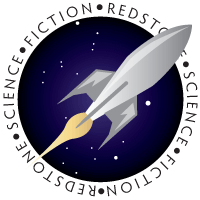
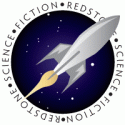



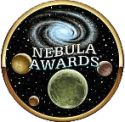
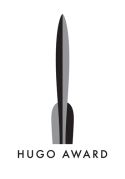
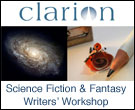



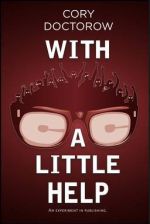
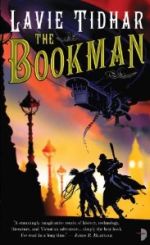
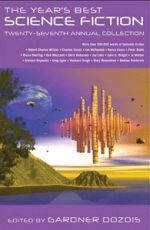
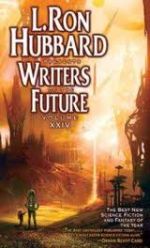
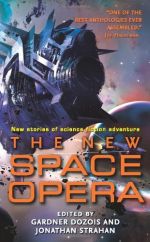
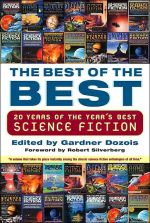
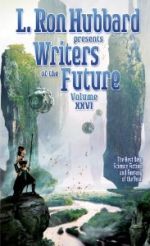
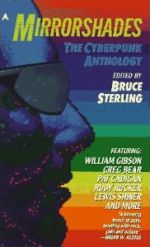
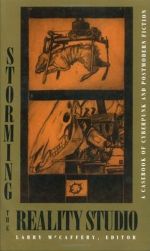
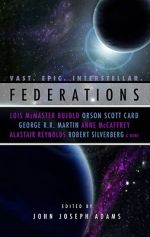


3 comments
[…] This post was mentioned on Twitter by Mike Ray, Michael Ray – Editor. Michael Ray – Editor said: Redstone SF interviews Keats Wilkie, head of the NASA Langley Research Center, Structural Dynamics Branch. http://is.gd/egL93 […]
I’ve just found this. I’m looking so forward to reading this this evening. I just couldn’t wait to read it to comment. Thank you, Mike, and thanks to NASA for giving Dr. Wilkie the go-ahead for this interview.
[…] An Interview with Keats Wilkie, head of the NASA Langley Research Center’s Structural Dynamics Branch. (Finally cleared with NASA!) by Michael Ray […]